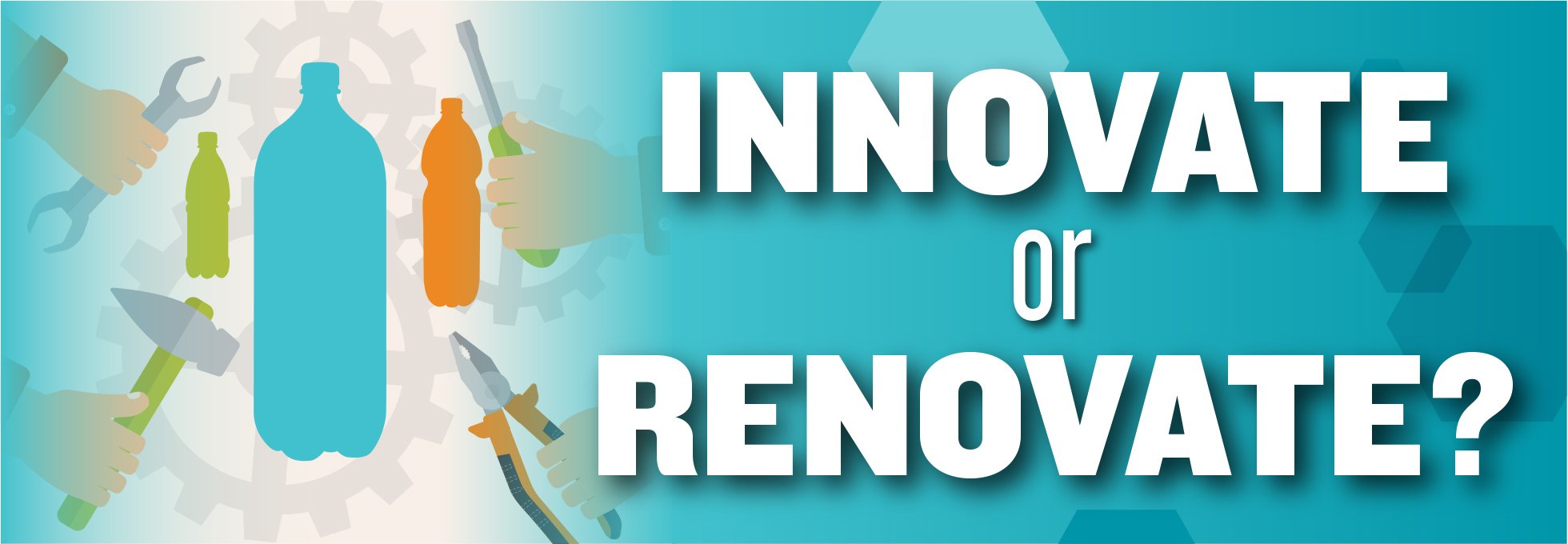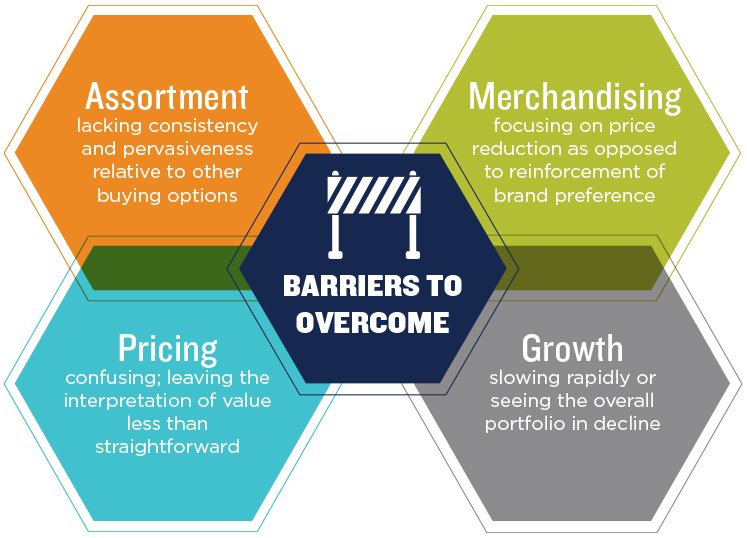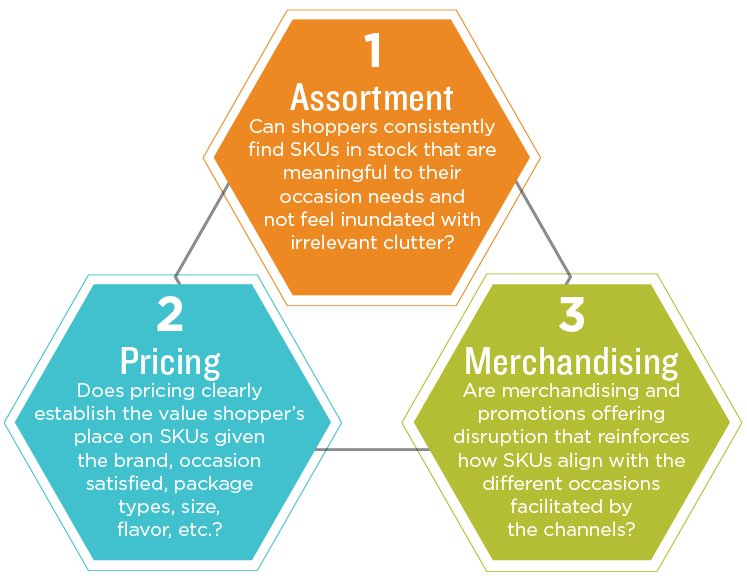
All of the key principle here at Middlegame got our start in sales and marketing at The Coca-Cola Company, aka what insiders simply call “The Company.” We preach many of the do’s and don’ts we’ve learned over the years with The Company to those who will listen. And despite our analytics platform being called CIA®, none of us know the directions to Langley, VA.
Sergio Zyman was Chief Marketing Officer of The Coca-Cola Company during most of my tenure there and I was part of team he assembled. To be honest, Sergio and his persona might have fit in well at Langley and Time Magazine named him one of the three key pitchmen of the 20th century.
Regardless, Sergio wrote a book with Armin Brott in 2004. It was called Renovate Before You Innovate. As I look around FMCG and many of our global client engagements, I can’t think of a more important concept. According to the book, innovation says “start with what you can make and see if you can sell it.” On the other hand, renovation says “Start with you can sell and see how you can make it.”
Unfortunately, innovation is too often seen as a cure-all for the limited growth many FMCG brands are experiencing. Decades of innovative marketing initiatives have piled up on top of each other. Although they were originally designed to provide shoppers with greater variety and subsequently improve retailer relationships, the opposite is becoming true. All this complexity means that the product offering is often a jumble of SKUs that repeatedly overlap occasions and roles within the category. When prices are promotional-driven it is hard to recognize if a brand is truly upscale or if its package is truly upsized. Shoppers find all this innovation confusing and retailers think it is just plain too difficult to manage. Here are some of the barriers to overcome:
Given these key factors, renovation is a far better solution. In the book, Sergio suggests that you trace what put you in business. If growth is slow, recapture the essence of your existing brands and represent the things that made you great in the first place through the SKUs that represent those brands to shoppers display. The classic example was the New Coke innovation. The essence of Coca-Cola was about authenticity, continuity, and stability. New Coke undermined all three qualities. The negative feedback from shoppers was intense and Sergio immediately retrofit the entire organization to be focused on renovation.
To know if you need to renovate for better shopper response, look at your portfolio and ask these three questions:
If the answers are not immediately in the “yes” column, it is potentially time to put your innovation initiatives temporarily on hold and put some effort toward renovation initiatives. In the end, we need to understand that shoppers are more empowered than ever. They demand the right product, at the right price, and with the right incentives. Otherwise, they will find other ways to spend their money. We can’t allow for any level of confusion in how we meet those demands.
You can pick up a copy of Renovate Before You Innovate on Amazon. It has loads of tools for marketing managers to revitalize their strategies and reinstate the growth rates of their brands. However, if you are new to Sergio, I highly recommend that you start with The End of Marketing as We Know It.
Middlegame is the only ROMI consultancy of its kind that offers a holistic view of the implications of resource allocation and investment in the marketplace. Our approach to scenario-planning differs from other marketing analytics providers by addressing the anticipated outcome for every SKU (your portfolio and your competitors’) in every channel. Similar to the pieces in chess, each stakeholder can now evaluate the trade-offs of potential choices and collectively apply them to create win-win results.
